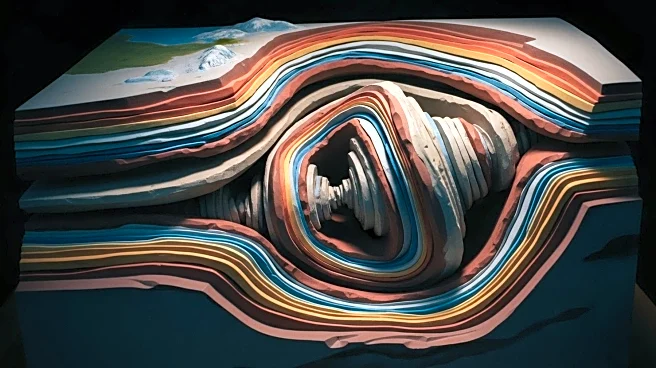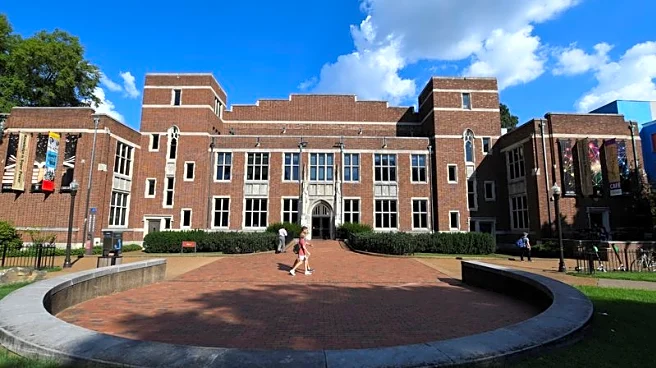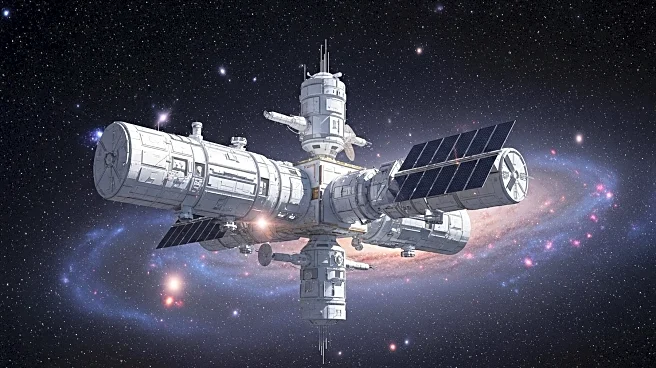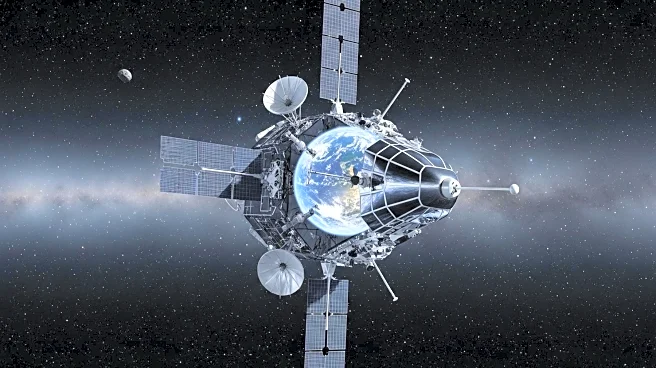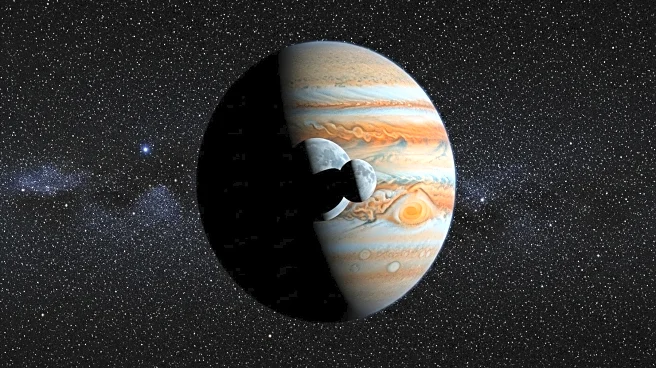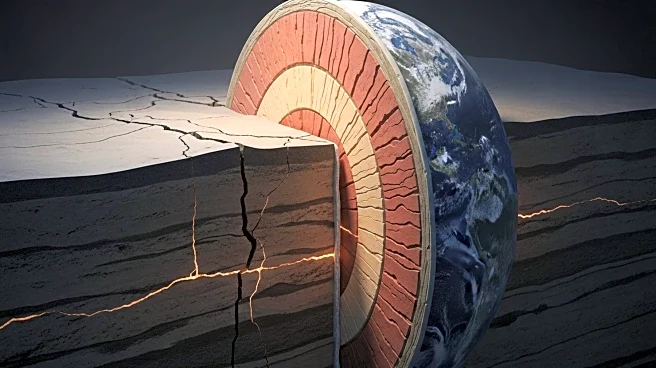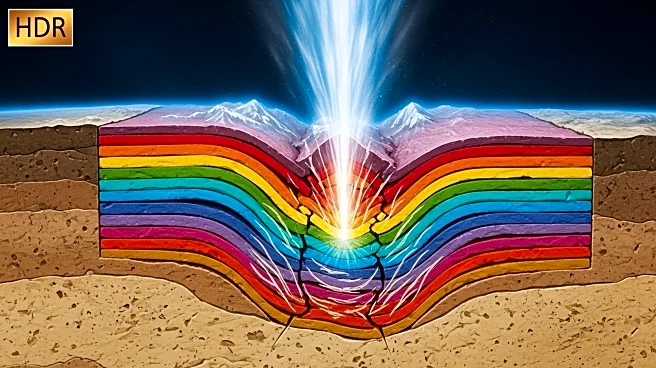What is the story about?
What's Happening?
Researchers at The University of Texas at Austin have uncovered a unique sequence of events that intensified the 7.4-magnitude earthquake in Calama, Chile, in July 2024. Unlike typical megathrust earthquakes, which occur at shallow depths, the Calama quake originated 125 kilometers beneath the Earth's surface within the tectonic slab itself. This depth usually results in less intense surface shaking, but the Calama quake defied expectations due to a phenomenon called 'thermal runaway.' This process involves immense friction from the initial slip generating heat, which weakens surrounding material and propels the rupture forward. The study, published in Nature Communications, highlights how the earthquake breached the typical temperature limit for dehydration embrittlement, a process where pressure forces water out of minerals, weakening the rock. The findings have significant implications for future earthquake hazard assessments.
Why It's Important?
The discovery of the 'thermal runaway' mechanism in intermediate-depth earthquakes like the Calama event is crucial for understanding seismic risks in regions prone to such occurrences. This research could enhance emergency response strategies and long-term planning by providing insights into the conditions that lead to more destructive earthquakes. Chile, a country with a history of powerful seismic events, stands to benefit from improved hazard assessments and infrastructure planning. The study's findings may also inform the development of early warning systems and rapid response protocols, potentially reducing the impact of future earthquakes on communities and economies.
What's Next?
The research team plans to continue studying the conditions that lead to intermediate-depth earthquakes, aiming to refine predictions about their size and impact. Collaborations with Chilean and U.S. researchers will focus on integrating seismic data, geopositioning information, and computer simulations to better understand earthquake dynamics. This ongoing research is expected to contribute to more accurate hazard assessments and inform infrastructure resilience strategies in earthquake-prone areas. Additionally, the deployment of seismometers and geodetic stations in Chile will aid in monitoring crustal deformation and earthquake activity, providing valuable data for future studies.
Beyond the Headlines
The study raises questions about the assumptions underlying earthquake models, particularly regarding the depth and temperature limits of seismic activity. The discovery of 'thermal runaway' challenges existing theories and suggests that intermediate-depth earthquakes can be more complex and destructive than previously thought. This could lead to a reevaluation of seismic risk assessments globally, especially in regions with similar geological conditions. The ethical implications of this research involve ensuring that communities are adequately informed and prepared for potential seismic events, highlighting the importance of transparent communication and collaboration between scientists, policymakers, and the public.
AI Generated Content
Do you find this article useful?
